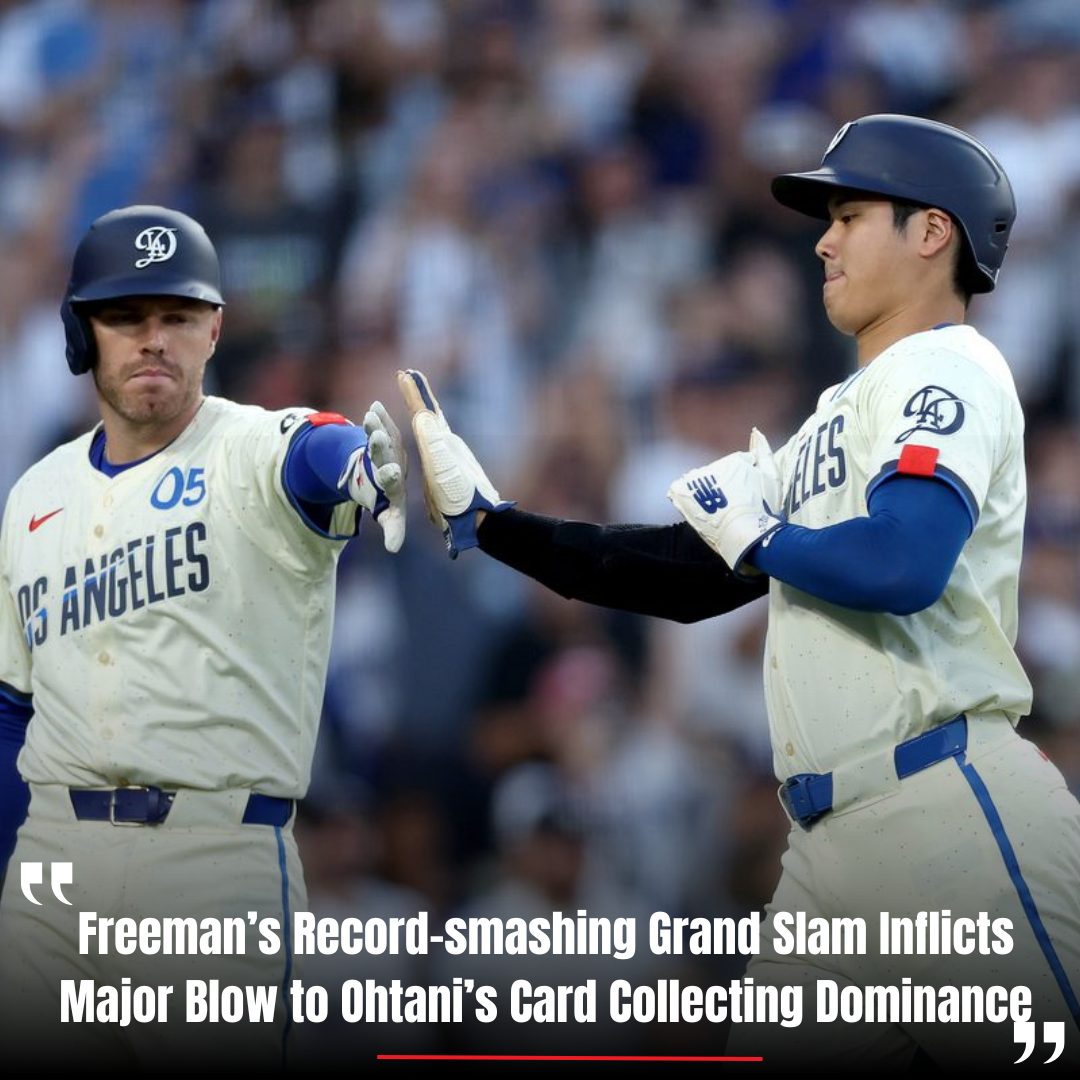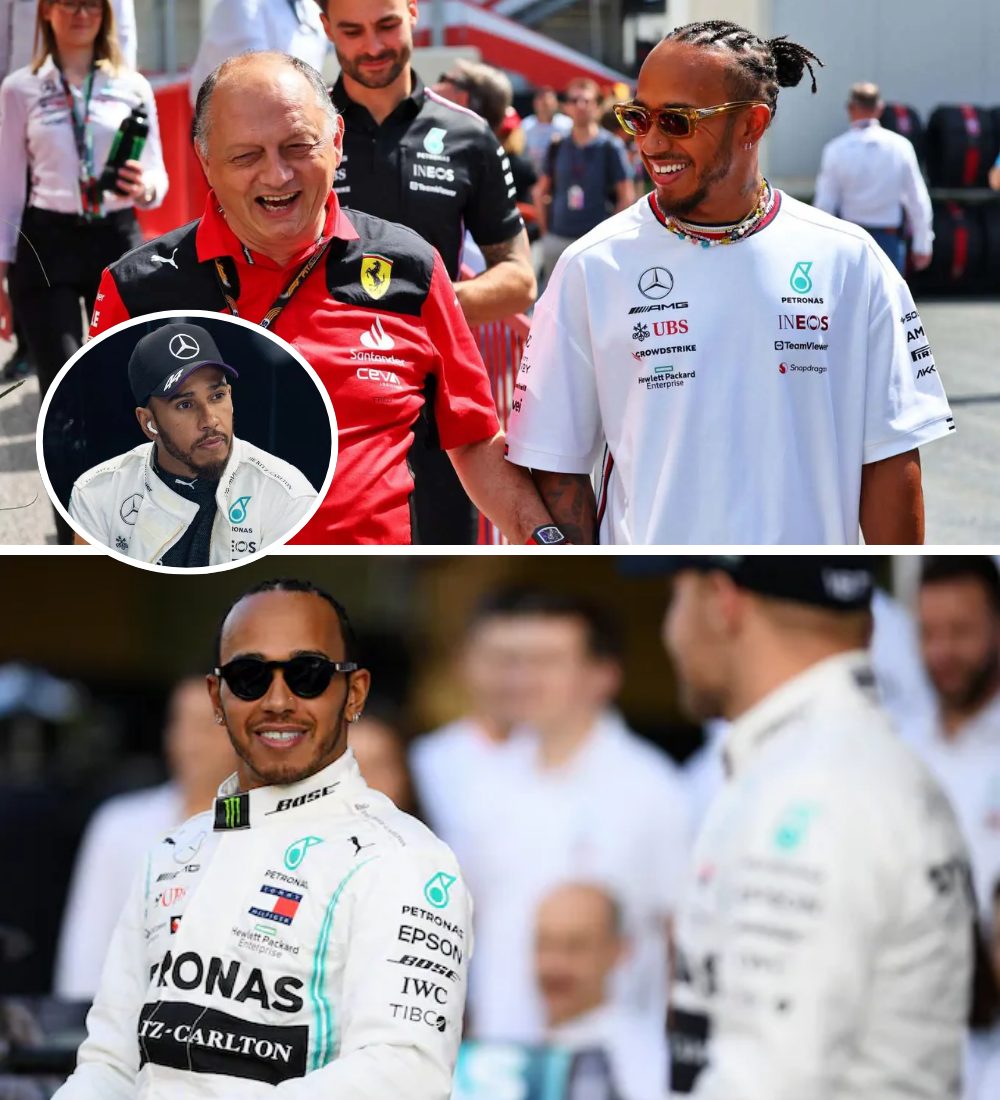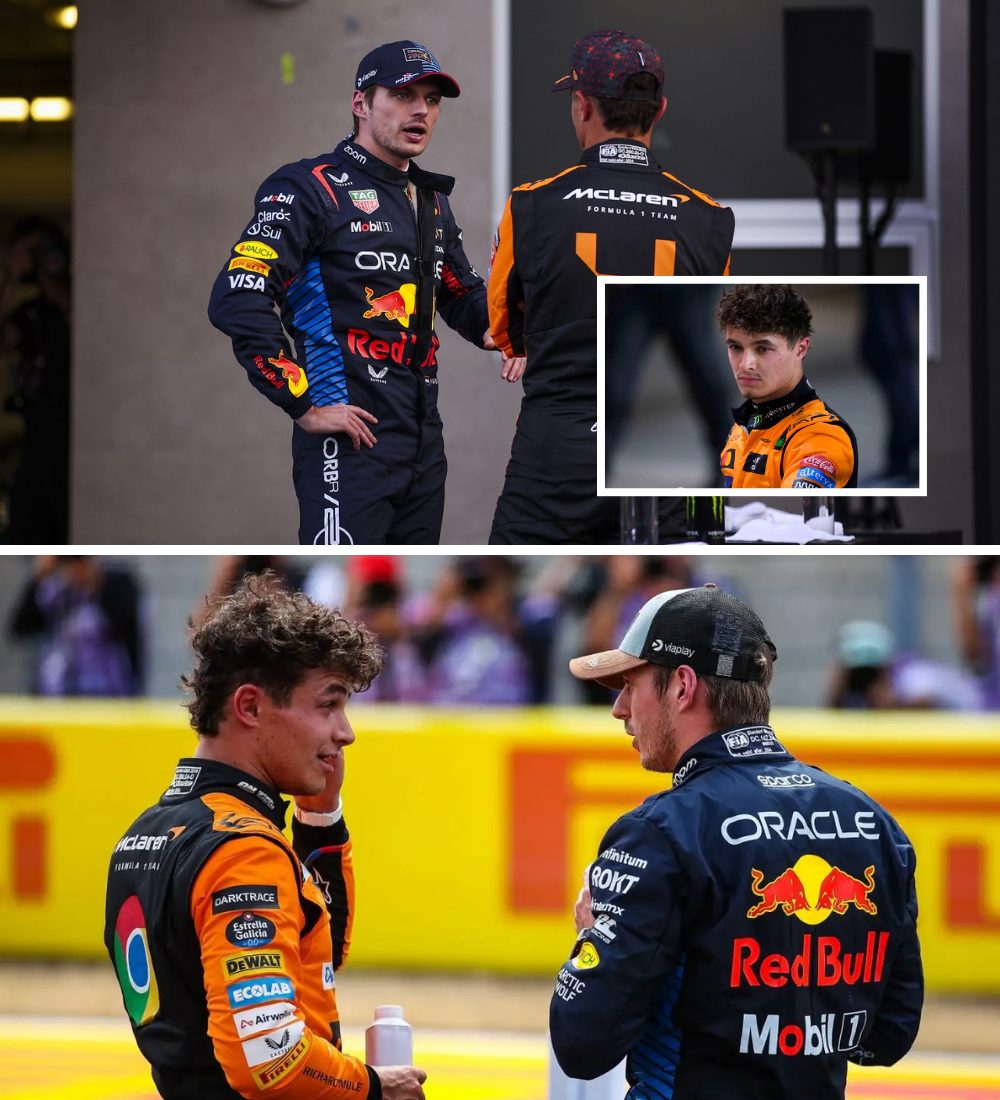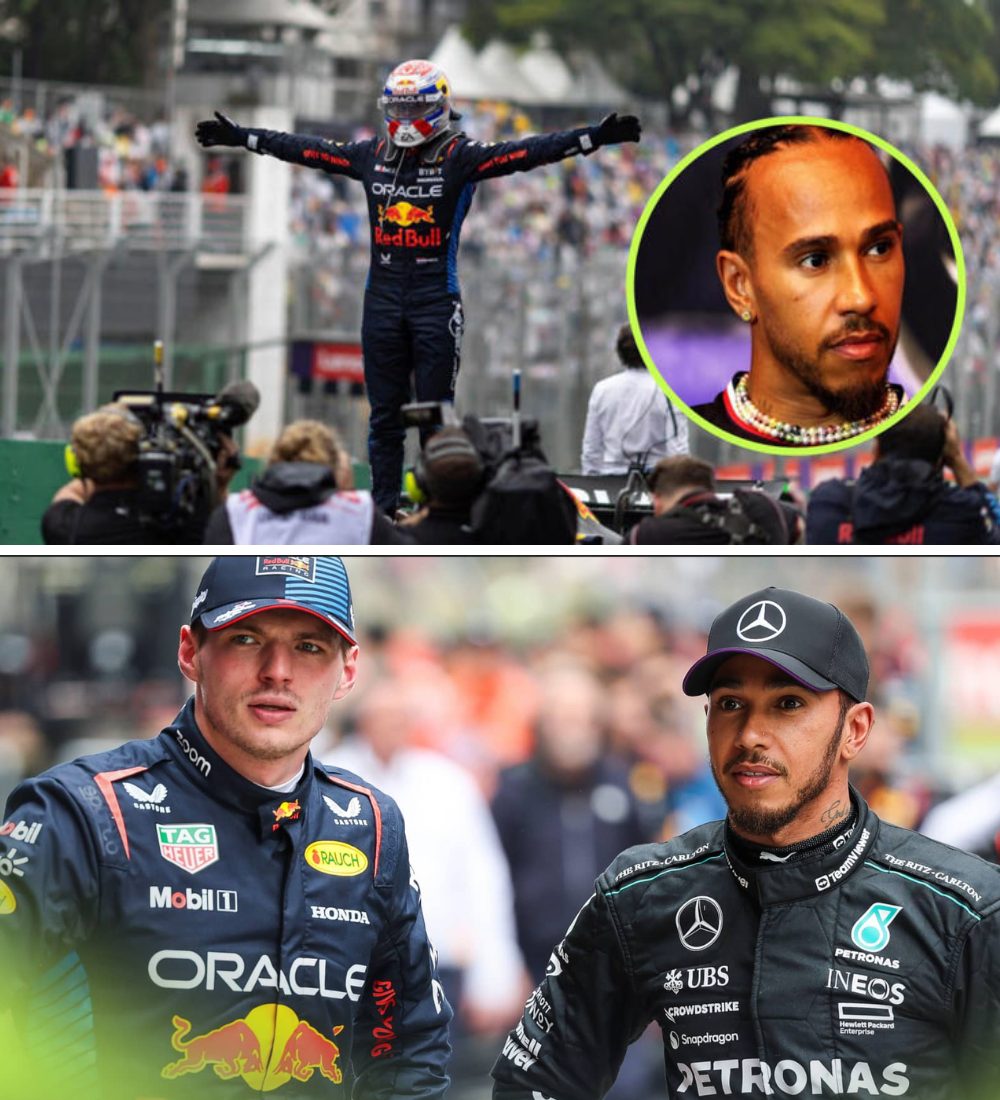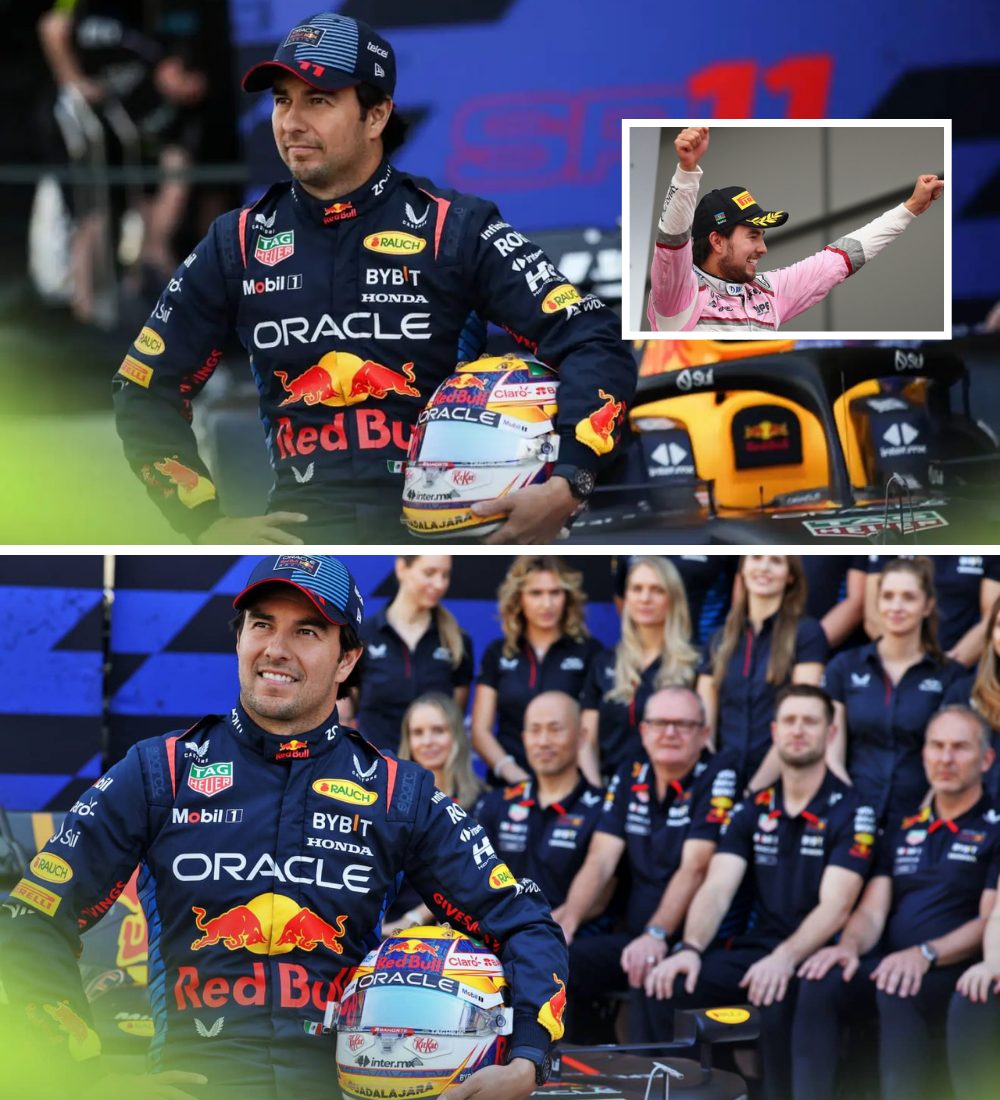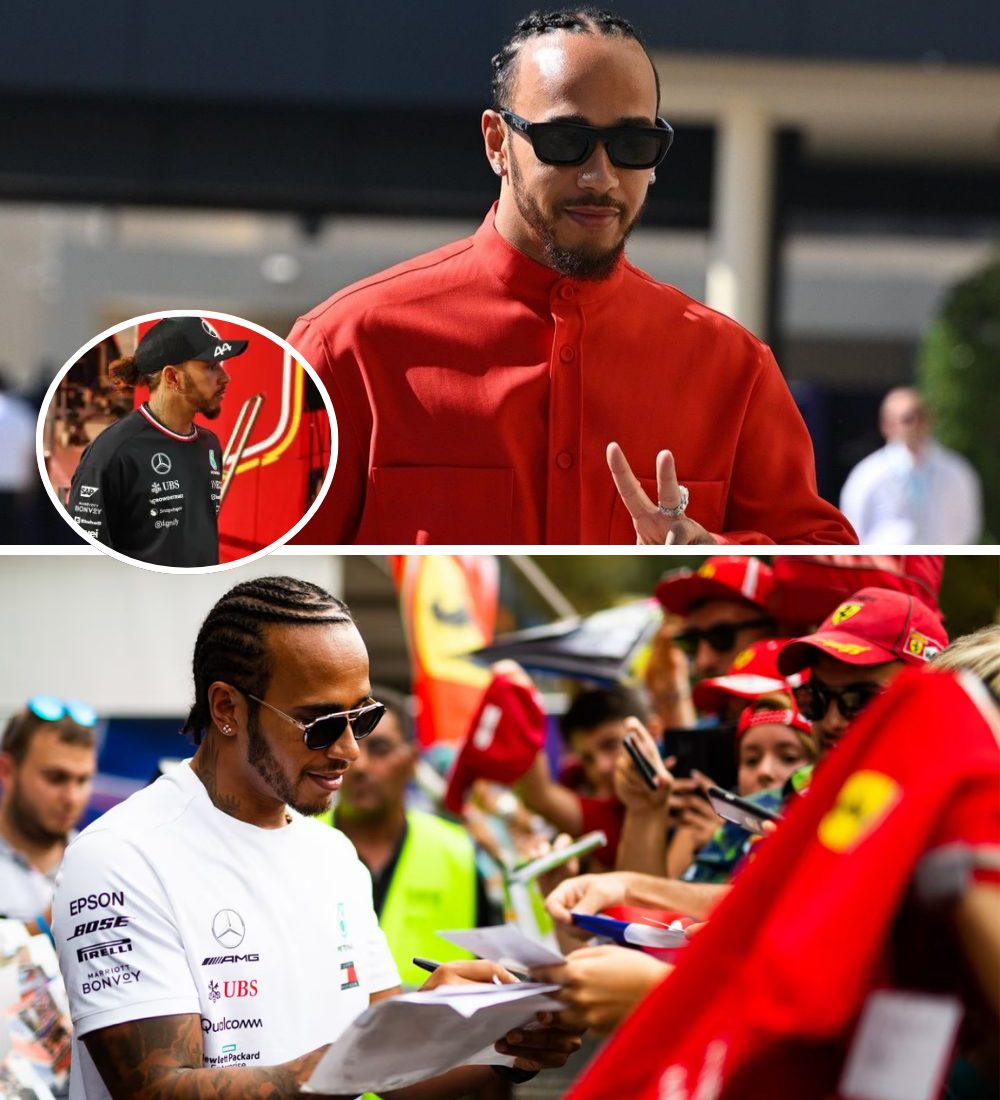In their first match of the 2005 World Youth Championship, now known as the Under-20 World Cup, the United States and Argentina faced off in the Netherlands with a phenom on either side. On the U.S. team was Freddy Adu, perhaps the most famous teenage talent of all-time. The next Pele, he was known as back then. He was 16, the second youngest player in the tournament, but arguably the most famous after signing with D.C. United at age 14.
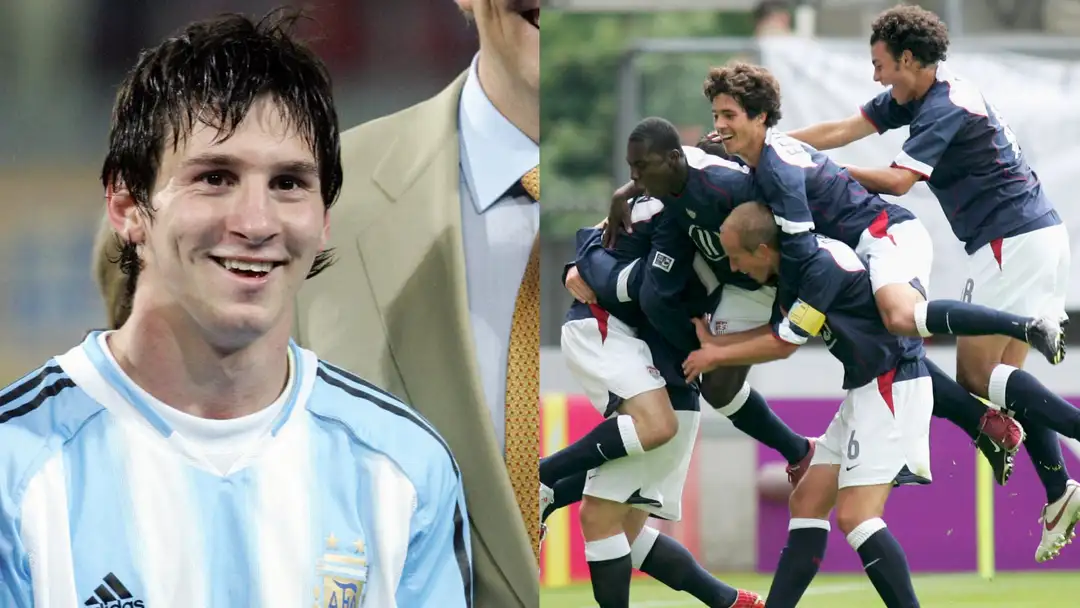
Argentina had their own starlet. You may have heard of him: his name is Lionel Messi.
We all know how it went for those two. Messi went on to become arguably the greatest of all time, with that summer run in the Netherlands being his first title in Argentina colors. He would famously win the most important one 17 years later in Qatar, cementing his place as a legend and perhaps the greatest of all time.
Article continues below
Adu, meanwhile, became something of a journeyman rather than a superstar, playing in the U.S., Portugal, Turkey, Serbia, Finland and Sweden. But, on that day, it was Adu and the U.S. that got the last laugh with a famous result, taking down Messi and co. on Argentina’s road to a title.
Now, all these years later, GOAL looks back at that big game and what it meant to all involved…
Editors’ Picks
- From Balogun to Jones: The USMNT’s biggest recruiting wins
- Inside the chaotic world of U.S. girls youth soccer
- Every EPL manager this season – ranked
- MLS salaries revealed: Shaqiri in top 10 for highest paid
- Eight reasons why Man Utd are back in the UCL
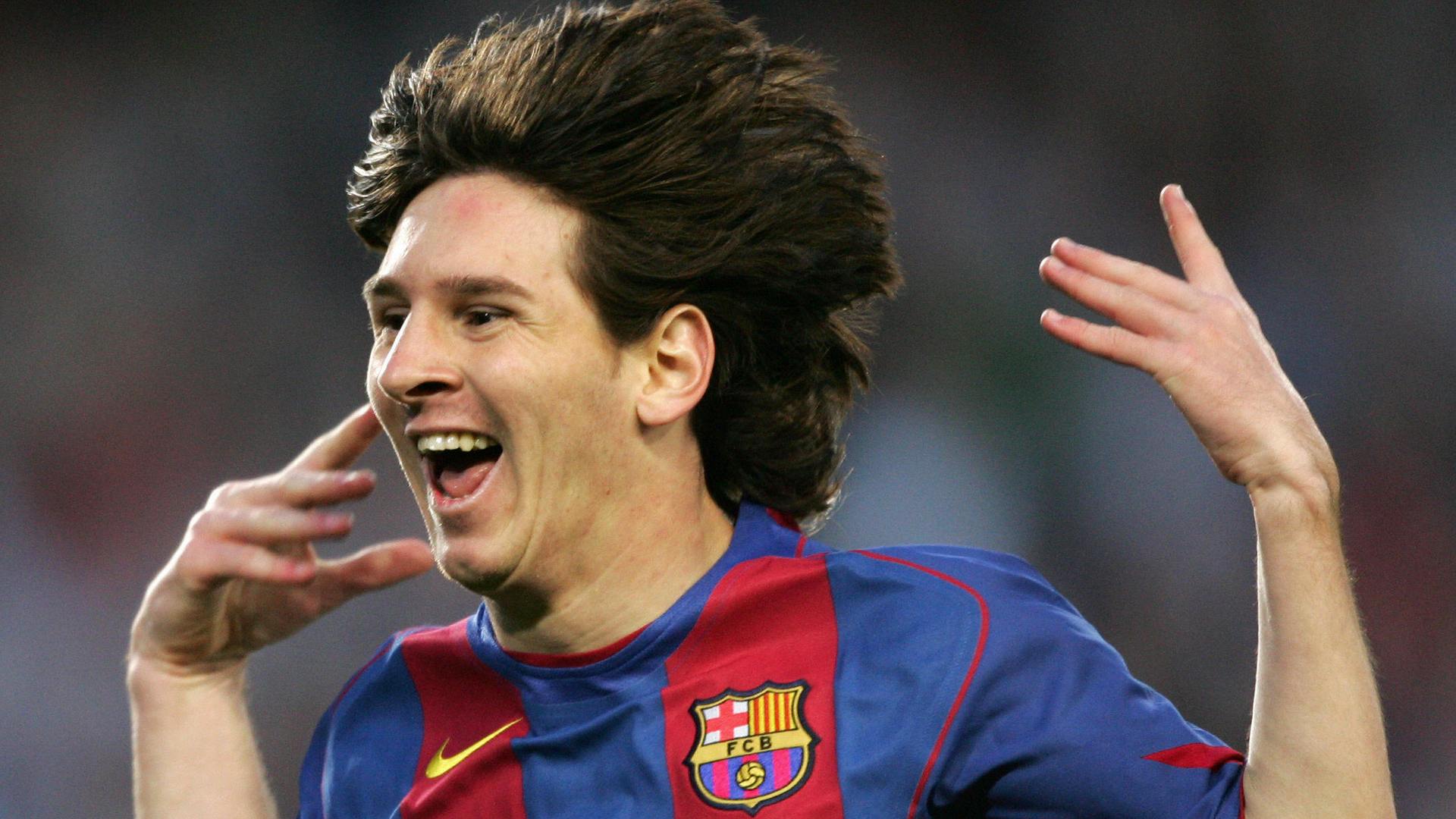 Messi, the unknown
Messi, the unknown
It’s easy to forget now, given all we know, but there was once a time where Messi was something of a mystery, even in his native Argentina. Having spent his formative years in Spain, and having turned down several calls from their federation, Messi finally joined Argentina’s youth teams in 2004. At the time, all his team-mates knew was that some scrawny kid from Barcelona would be joining camp. None could have ever imagined what he would ever become.
“I watched a lot of football, but from Argentina, not Europe,” Sergio Aguero recalled to DeporTV. “I asked Leo, ‘what was your name?’ ‘Lionel’, he replied and burst out laughing. And I say, ‘what about your last name?’
“’Messi’, he answered. And the others asked me, ‘don’t you know who he is?’ I knew from the news there was a talented kid from Barcelona and I said, ‘this is him?’. Then I saw him train and realized just how good he was.”
By the time the U20 World Cup rolled around the next year, it’s fair to say that Messi wasn’t even that Argentina team’s biggest draw.. Aguero himself was becoming a star at Independiente while Fernando Gago was emerging at Boca Juniors. Messi, meanwhile, was somewhat out of the public eye in his homeland, despite making a few appearances for Barcelona during that club season.
So, when Messi was left out of the XI for Argentina’s first group game at the tournament, few were surprised by the decision, especially considering the fact that Aguero was sat right next to him on the bench.
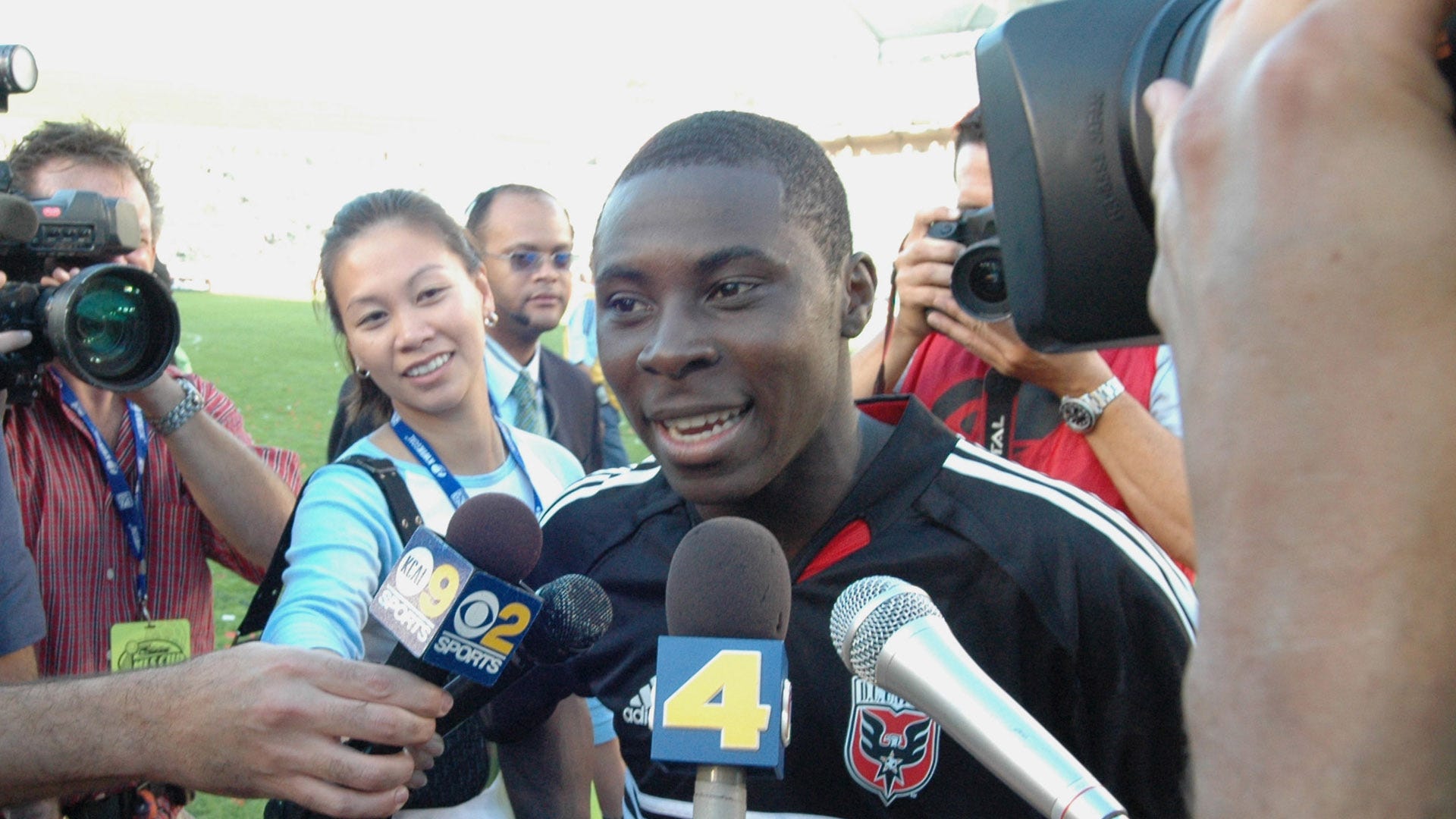 Getty ImagesThe next Pele
Getty ImagesThe next Pele
While it would be Messi that would eventually rival icons like Pele and Diego Maradona, Adu was the man tabbed to do so ahead of the 2005 tournament. He’d been signed by D.C. United in 2004 at age 14, becoming the youngest player to sign a contract in American sports. Three months later, he became the youngest player to play in MLS and, in April of that year, was the youngest goalscorer in MLS history.
In that first season, he scored five goals across 30 appearances in the regular season before featuring in the playoffs. European giants watched on keenly, although they knew he was a few years away from making the move across the Atlantic.
Adu was, obviously, the main attraction for that U.S. team in 2005, but he was far from the only standout. Familiar faces such as Jonathan Spector, Benny Feilhaber, Sacha Kljestan and Brad Evans were all in the squad, coached by the late Sigi Schmid.
After a World Cup quarter-final appearance in 2002 and with MLS influencing a new generation of young American players, the U.S. was starting to build something, with Adu as the obvious figurehead.
 GettyThe first half
GettyThe first half
Messi wasn’t the only Argentine icon left on the bench that day, with Aguero also left out of the starting XI by coach Francisco Ferraro. However, Argentina’s XI certainly had some future stars, with Gago joining captain Pablo Zabaleta among the starters. The U.S., meanwhile, were captained by Greg Dalby, even if it was Adu that all eyes would be on.
However, it was future MLS regular Chad Barrett that stole the show with a goal five minutes before half-time. Marvell Wynne’s cross from the right side was deflected by Emiliano Armenteros, leaving Barrett unmarked on the back post for a free header.
The first half wasn’t all good for the U.S., who lost Manchester United starlet Spector due to injury just before the break, but Schmid’s side went into the locker room up a goal. Argentina, though, had an ace in the hole, Messi, who would be introduced in the second half.
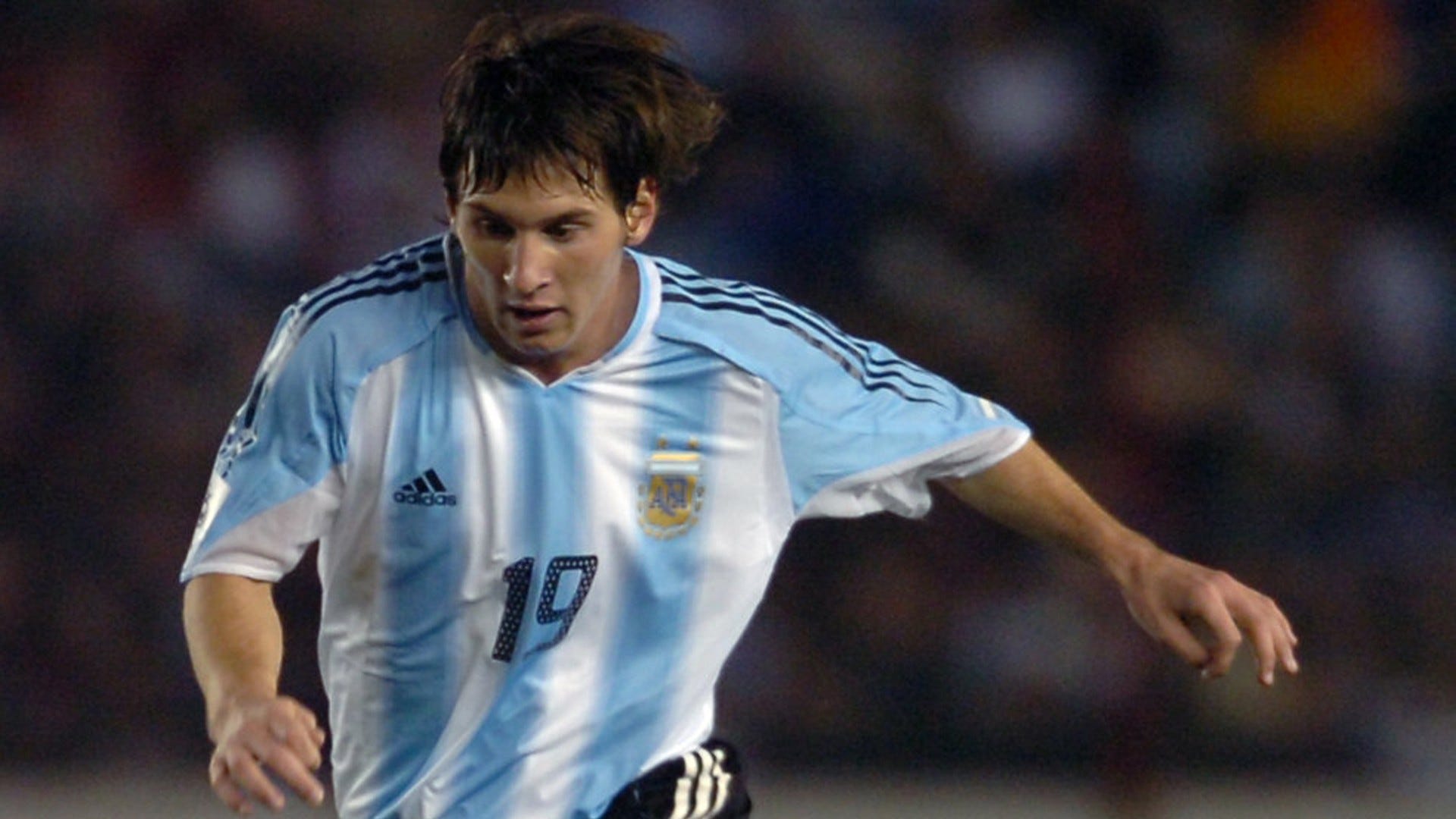 GettyEnter Messi
GettyEnter Messi
When both teams emerged for the second half, Argentina did so with Messi on the field, with the Barcelona starlet replacing Emiliano Armenteros. Ferraro says that was always part of the plan, even if being down 1-0 wasn’t.
“I’ve been asked about this several times and I always say the same thing: the doctor told me Lionel had a muscle ache and it was best for him to play only the second half,” Ferraro told Ole. “He always used to be brilliant in the end but he struggled as a starter; one afternoon we met and Messi told us: ‘I was going to ask to be a substitute, I feel better in the second half’.”
It didn’t take long for Messi to absolutely take over, dazzling the crowd with his ability on the ball. It instantly became clear that he was the true superstar on the field, with all involved knowing what they were seeing was something entirely different.
“Messi came on in the second half, and that was the day that even I had to admit that there was a player that was better than I was, and that was Messi,” Adu reminisced in 2022, according to Sporf.
“He was so good in that game,” he continued. “I was thinking ‘Oh my God!’ because everyone at the time was saying ‘Freddy this, Freddy that’, and I was a very confident player at the top of my game at the time, but Messi was just better.”
The game’s next big chance, though, wouldn’t fall to Messi, but rather Adu, as he was giventhe opportunity to seal all three points.
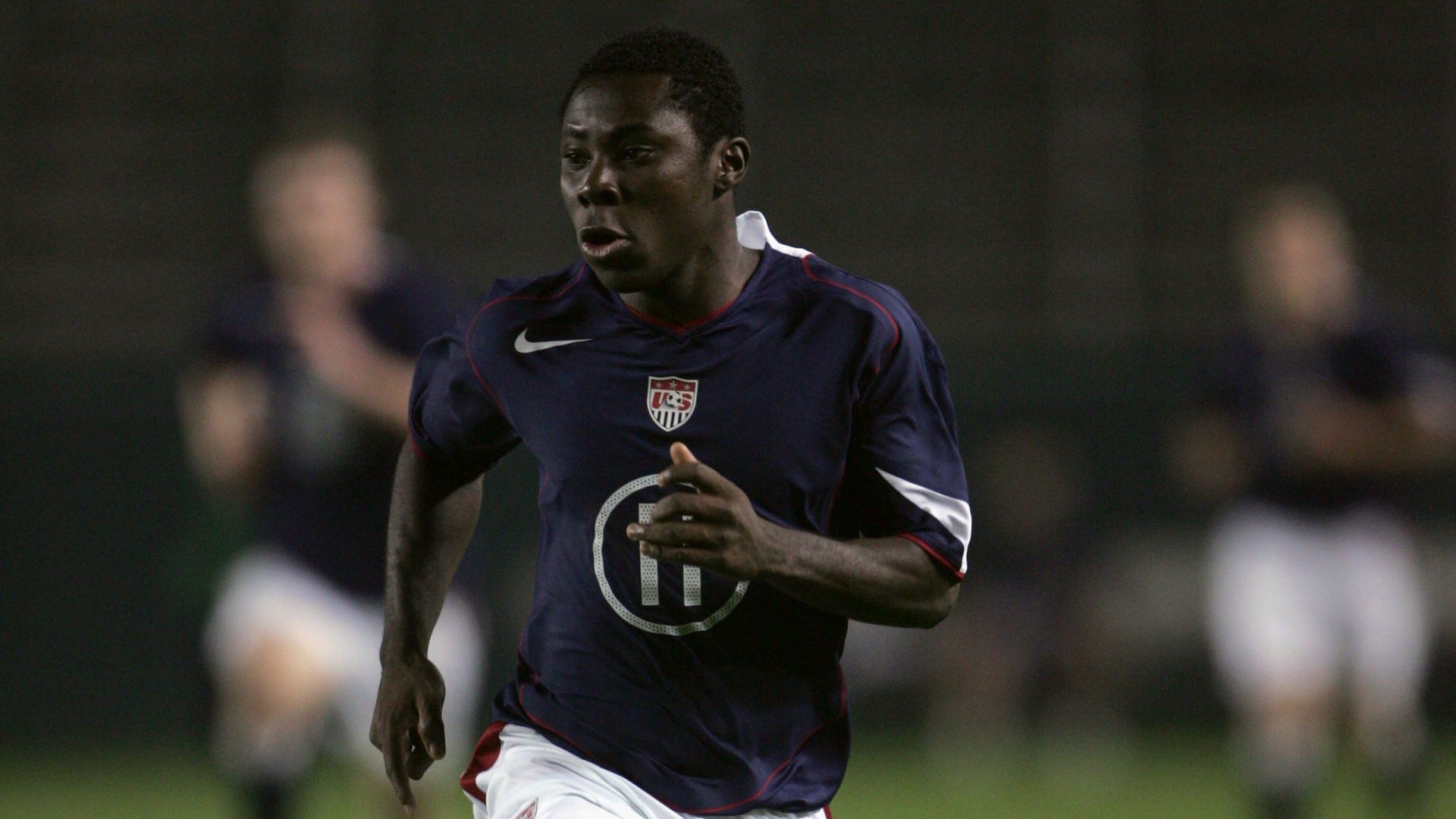 GettyAdu misses from the spot, but gets last laugh
GettyAdu misses from the spot, but gets last laugh
Despite Messi’s brilliance, the U.S. were handed a chance to double their lead in the 70th minute. After being fouled in the box, Adu himself stepped up to the penalty spot. His shot, though, cannoned off the post, giving Argentina a chance to potentially equalize.
Just six minutes after Adu’s wayward penalty, Messi got his chance. The Barca starlet was left open for a free header in the penalty area, but saw his effort saved by Quentin Westberg. Another chance fell to Zabaleta late on, but he put it over the bar.
In the end, the U.S. defense held firm, only just, sparing Adu for his penalty miss. “It’s a great victory. I couldn’t care if I had 10 goals or none, we still won,” Adu said after the match. “It was the best game to miss a penalty.”
Messi, meanwhile, was quick to credit Adu and the U.S. for their victory, a major upset to many that certainly plunged their World Cup group into chaos. “I don’t know if I beat Adu,” Messi said, “but he got the three points today.”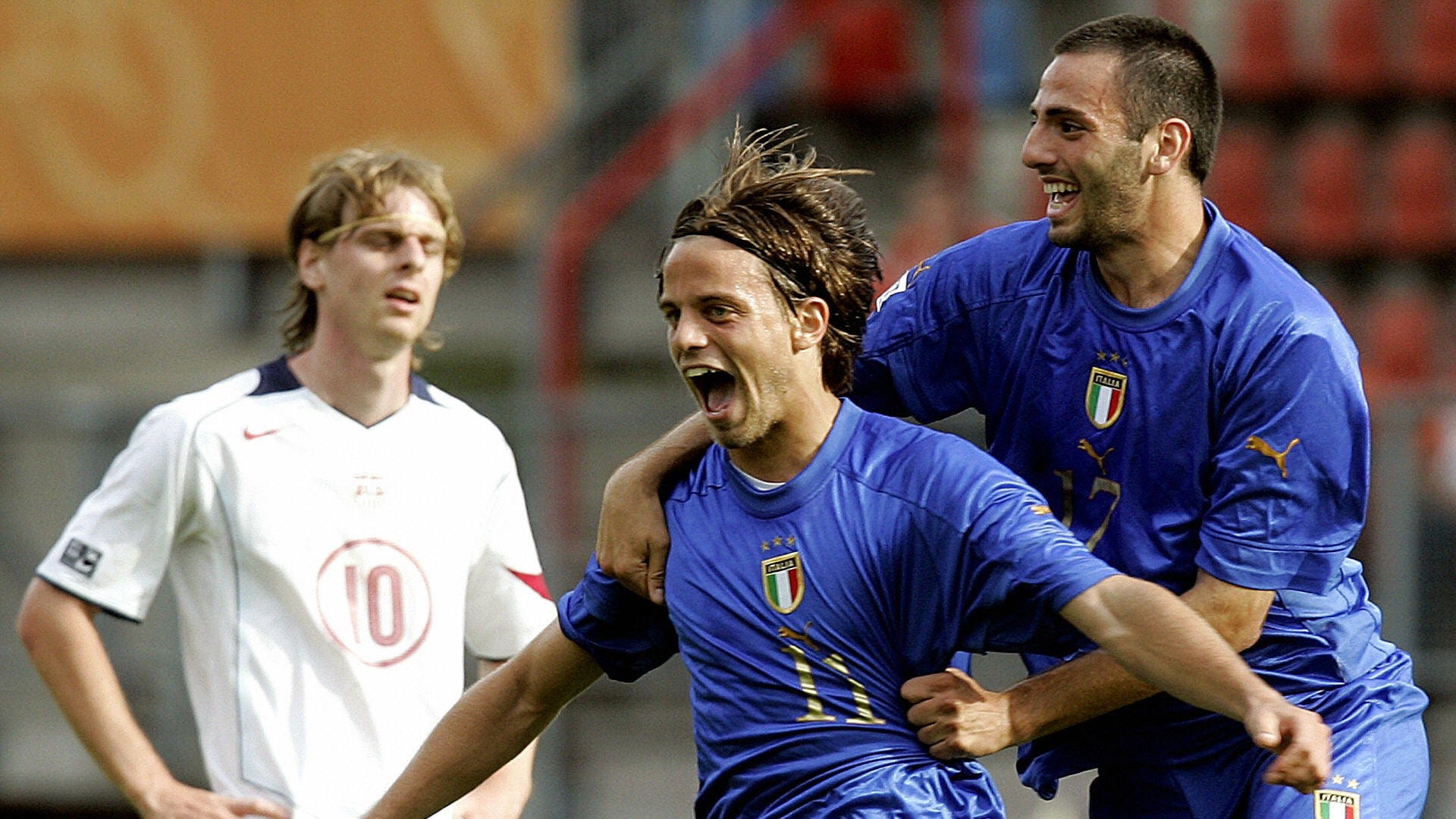 GettyThe U.S. continue on
GettyThe U.S. continue on
After their opening win, the U.S. knew they had a chance to finish atop the group, with Germany beating Egypt in Group D’s second match later that day. In game two, the U.S. held on for a 0-0 draw with the Germans, leaving it all to play for on the final day.
They advanced as group winners thanks to a 1-0 win over Egypt, with Jacob Peterson scoring the winning goal in the 56th minute. However, their run would prove short-lived as they fell to Italy 3-1 in the last 16, ending their tournament.
Ultimately, a total of 10 players from that 21-man squad would earn senior caps for the USMNT, with two -Spector and Feilhaber – going on to make the squad for the 2010 World Cup.
Adu, meanwhile, would go on to earn 17 USMNT caps, scoring twice, as he bounced around Europe during an unstable club career. The 33-year-old midfielder recently revealed he was hoping to secure trials somewhere to make one last push at resuming his playing career.
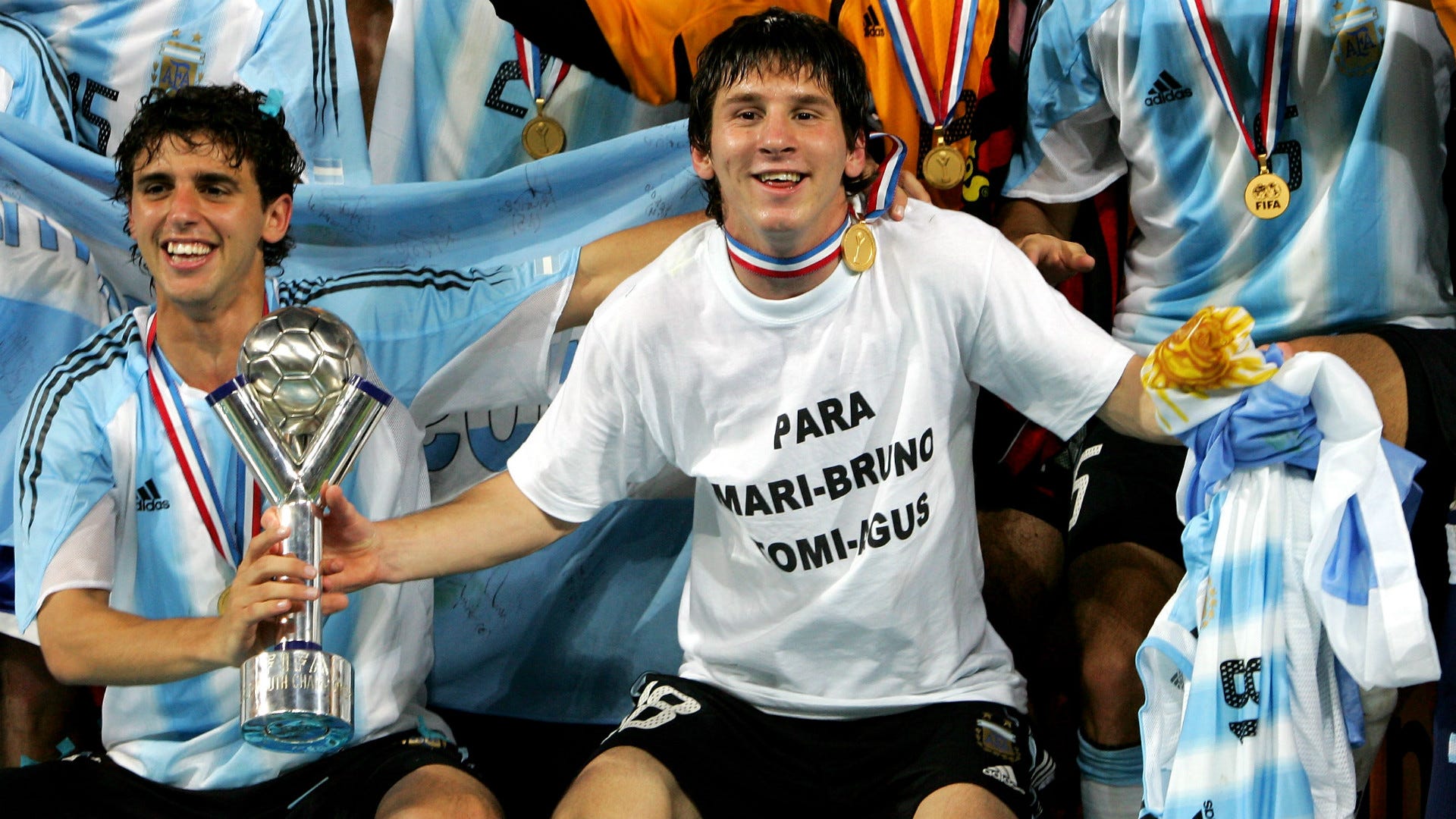 Getty ImagesMessi’s magic
Getty ImagesMessi’s magic
While the U.S. fell short after starting the tournament on a high, Argentina very much got their act together, with magical Messi leading the way. He joined Zabaleta on the scoresheet in a 2-0 win over Egypt in their second match, setting the stage for a second-place finish in the group, which they secured with a 1-0 win over Germany thanks to Neri Cardozo’s goal.
Messi then scored at least one goal in every knockout stage match, taking down Colombia, Spain and Brazil to book a spot in the final against Nigeria. Once there, Messi scored twice, both from the penalty spot, to lead his country to a 2-1 win and, more importantly, the title of 2005 FIFA World Youth champions.
With six goals, Messi claimed the Golden Shoe as well as the Golden Ball, given to the tournament’s best player.
 GettyA sign of things to come
GettyA sign of things to come
Seventeen years later, Messi would repeat the feat at the 2022 World Cup for the senior national team, adding an exclamation point to everything he accomplished between that summer in the Netherlands and that winter in Qatar.
Much like in 2005, Messi and Argentina opened the tournament in disappointing circumstances, falling to an underdog Saudi Arabia team to put their backs against the wall. But, muck like in 2005, Messi was there to lead the charge, at times carrying his country just as he did as a teenager all those years ago.
He once again scored in each knockout match, wins over Australia, the Netherlands, Croatia and, ultimately, France in arguably the greatest game the sport has ever seen. He was given the Golden Ball, and only narrowly lost the Golden Boot to Kylian Mbappe, who scored eight to Messi’s seven.
It was the culmination of a World Cup journey that, in a way, started all the way back in 2005 with that loss to the U.S. While Adu never quite lived up to expectations, Messi exceeded every one even if, on that one day, it was the U.S. that emerged with a famous win over a future GOAT.
